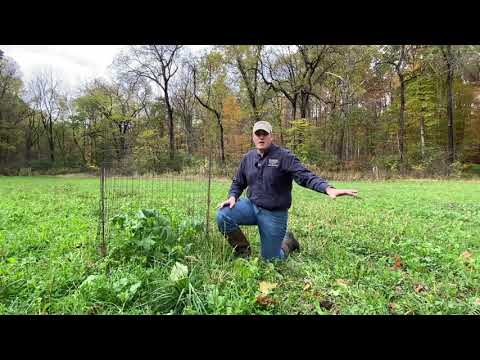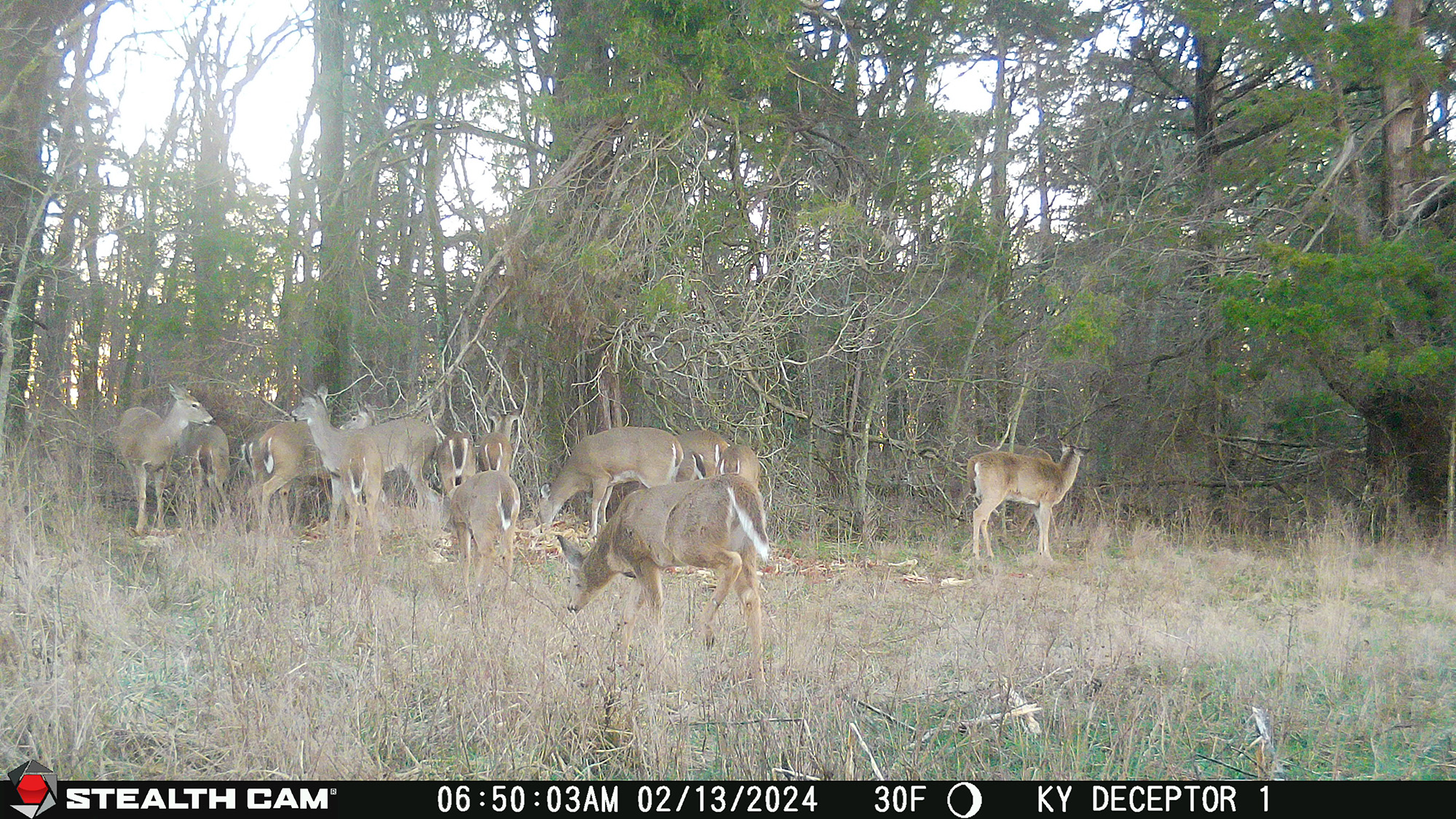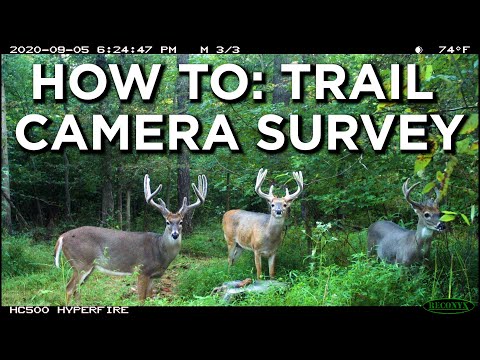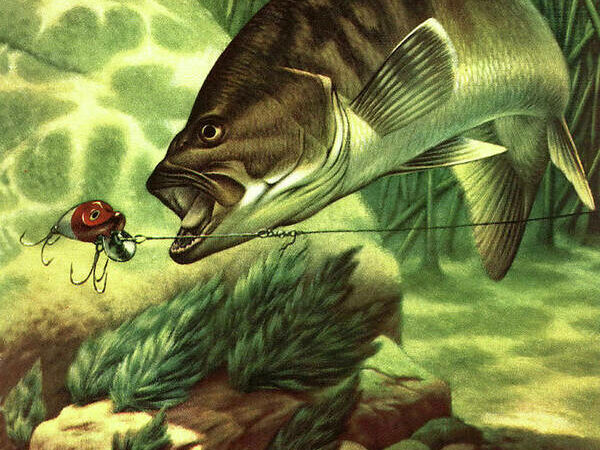How Many Does Should You Shoot This Season?
For private-land hunters, managing the deer herd is an important part of each season. In most of whitetail country this means shooting does in order to keep buck-to-doe ratios healthy and to prevent over-population and subsequent habitat damage.
We rely on public-land hunters to keep deer numbers in check, too. And in many whitetail units they’re issued several doe tags. But just because you have a pocket full of doe tags doesn’t necessarily mean you should fill them all — or does it? So the question becomes: How many does should you shoot this fall where you hunt?
The answer all depends on the deer density and habitat carrying capacity where you hunt.
Understanding Deer Densities and Property Carrying Capacities
Some areas of the whitetail’s range have much higher deer densities than others. This includes some Southeastern locations, Midwestern farm country, and suburban areas with limited hunting. Others regions have much lower deer densities. Think north country big-woods in the Upper Midwest and Northeast.
Signs of high deer densities:
- Seeing many deer in open fields
- Moderate to heavy browse lines along forest edges
- Much better growth within exclusion cages in food plots than outside the cages
Signs of low deer densities:
- Seeing few, if any, deer in open fields
- Minimal or no browse lines along forest edges
- Similar growth within and outside exclusion cages in food plots

Trail Camera Surveys
To know the number of deer you have, conduct a trail camera survey. According to the National Deer Association, this is a great way to help decide how many does to shoot. Use the Association’s trail camera survey computation form to complete the process. These surveys should be done in late summer right after deer shed their velvet or in winter.

Photo by Honecutt Creative
If you don’t have the knowledge or resources to determine the deer density in an area, it’s time to seek assistance. For private lands, consider consulting with a private lands biologist. They can help evaluate your deer herd. On public lands, contact the local biologist or land manager of the public tract that you hunt. Often they can help answer your questions.

Pros of Shooting Does
In certain management situations, shooting does offers key advantages. Some of these include the following:
- A balanced buck-to-doe ratio makes it easier to hunt older bucks. They must work harder to find estrus does, and hunters see better rut activity.
- Removing does in high-density areas provides more food sources for remaining deer.
- Fewer does reduces stress on local crops and natural vegetation.
Cons of Shooting Does
In other situations, shooting does provides disadvantages. A few of these include the following:
- In low-deer-density areas, shooting does prevents them from producing more offspring.
- Fewer reproducing does increases the risk that existing fawns will fall to predation.
- Harvesting does can add hunting pressure to local bucks.
Important Factors in Doe Harvest Decisions
In the journey to deciding the proper number of does to shoot, other factors matter, too. Keep the following in mind when deciding how to carry out your plan.
First, location matters. In areas where deer densities are higher, it’s almost always important to shoot more does. In areas where densities are lower, it might hurt the herd status to shoot a single antlerless deer.
The age of the harvested does matters, too. For example, shooting older does (or more productive does) reduces the herd’s fawn output. Shooting younger does (or less productive does) has less impact on overall fawn recruitment. Older deer are increasingly likely to give birth to twins, and are potentially more adept at keeping their fawns alive.
The timing of doe harvest is important, too. For example, shooting does early in the season leaves more food for remaining deer throughout the rest of the fall. It also balances the buck-to-doe ratio for the rut. It can pressure bucks, however, especially if you’re hunting in spots closer to buck’s core areas. Plus, in areas with higher predator populations, shooting does earlier can increase fawn predation.
In contrast, shooting does later in the season offers advantages, too. It’s colder, which is better for meat care. Also, doe feeding patterns become more defined. Plus, waiting until later helps you better assess the deer herd, which will look vastly different after firearm seasons. That said, it’s more difficult to differentiate a doe from button buck late in the season, and deer are often warier later in the season, making them harder to hunt.
In general, the NDA suggests deciding on the number of does you intend to harvest and then shooting them early in the season.
Evaluate Deer Body Condition After the Harvest
After you shoot a doe, evaluate its body condition. In general, plump deer indicate a healthier herd than lean deer (in which you can see rib bones and prominent hip bones). After skinning a doe, evaluate how much fat the deer had stored up. If the deer that you are harvesting are lean with minimal fat stores, it’s a good indication that you need to harvest more does. NDA recommends evaluating a harvested deer’s kidney fat to help determine this.
Private vs. Public Land Doe Harvests
There are significant differences in managing does on private and public lands. Of course, in most private-land settings, hunters have more control. They can analyze the situation more clearly and gauge the right direction.
On public land it’s more difficult. For example, it might be impossible for you to conduct deer density surveys. Furthermore, you can’t fully know what other hunters will do. That said, some states publish public lands reports, and you can see how many deer are typically harvested on each piece of public land.
Final Thoughts
Answering the question “How many does should you shoot this season?” isn’t a one-size-fits-all deal. In every situation, the answer will be different. But throughout the majority of the whitetails range here in the U.S. hunters should harvest at least some does on the properties they hunt. The simplest rule is to take at least one doe for every buck you shoot.
But, by evaluating the habitat, deer densities, and individual deer body conditions, hunters can develop much more specific doe harvest plans that will promote better hunting and stronger herds in the seasons to come.
The post How Many Does Should You Shoot This Season? appeared first on Outdoor Life.
Source: https://www.outdoorlife.com/hunting/how-many-does-to-shoot/




